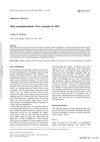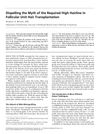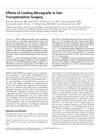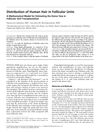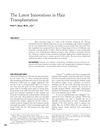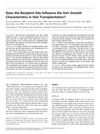Basic Hair Transplantation: 2007
December 2007
in “
Dermatologic Therapy
”
hair transplantation mini-grafting micrografting follicular unit transplantation FUT follicle transection harvesting methods donor yield preconditioning grafts storage buffers graft survival room temperature micrografts cooled micrografts Follicular unit extraction FUE transected follicles minoxidil spironolactone flutamide graft orientation recipient site characteristics donor site closure techniques hair transplant Rogaine
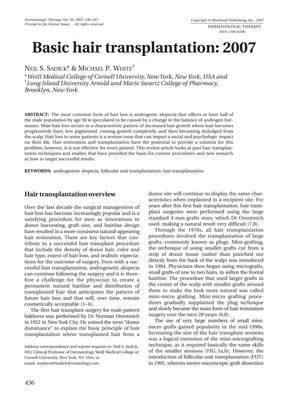
TLDR Hair transplantation has improved with techniques that increase graft survival and patient satisfaction for more natural results.
In the 2007 review on hair transplantation, the authors discussed the evolution of techniques from large grafts to mini- and micrografting, and the significant advancement of follicular unit transplantation (FUT) since 1995. They emphasized the importance of minimizing follicle transection and explored new harvesting methods to improve donor yield. The review also suggested that preconditioning grafts with storage buffers could enhance survival. A study by Raposio et al. involving 10 subjects found no significant difference in graft survival between room temperature and cooled micrografts. Another study by Bernstein and Rassman with 42 patients showed that grafts are securely anchored by day 9 post-transplantation. Follicular unit extraction (FUE) was discussed as a less invasive option, with a study of five patients indicating the survival rate of transected follicles depends on the level of transection. The document also covered the use of minoxidil post-surgery to enhance growth, the potential of spironolactone and flutamide in preventing post-transplant hair loss, and the importance of graft orientation and recipient site characteristics for natural-looking results. Additionally, it discussed donor site closure techniques and the need for patient satisfaction with results. Overall, the document highlighted the progression towards more natural results and the critical role of technique in graft survival and patient satisfaction.


